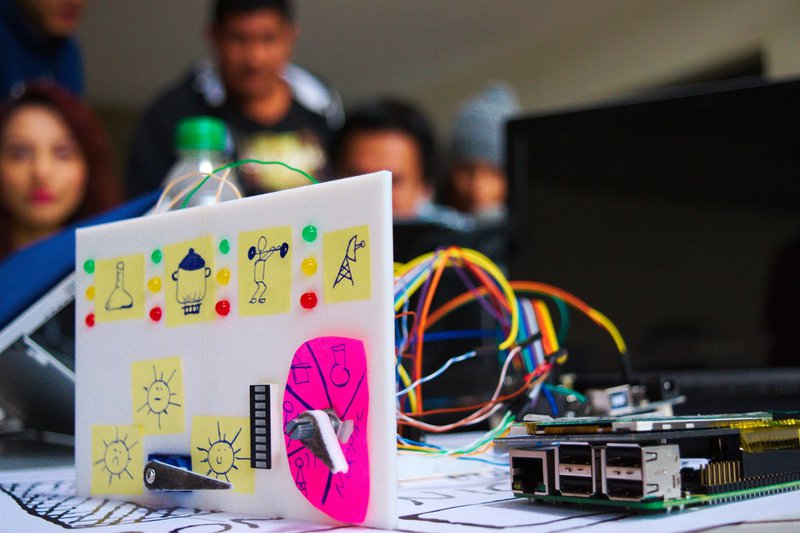Turn Down 4kWatt! | You are my Sunshine
Awards & Nominations
Turn Down 4kWatt! has received the following awards and nominations. Way to go!
The Challenge | You are my Sunshine
TurnDown4kWatt
TurnDown4kWatt is a python tool that it's meant to be used with a visual analog display that helps people understand how much energy comes from a solar panel array. It also serves as a tool to plan energy consumption in spaces such as the HI SEAS

Used Arduino, RaspberryPi, Python (several libraries), 3D printing, DOE Weather data and EnergyPlus weather converter.
With our tool scientists and explorers can visualize in real time the energy output of a solar panel array in terms of everyday activities. The main code was made in Python and can take into account the solar panel array tilt, azimuth, and location. The tool compares actual power (measured) and expected power (calculated from a TMY file obtained from DOE), then it uses a relationship (established studying NASA data) to represent this difference in an analog front panel (in order to reduce energy consumption).
Users can plan energy consumption for science experiments creating an excel table that python reads to make calculations and tell you which experiment you can perform with the expected energy.
The front panel also shows (in real time) how much energy is available for communication with the external world, cooking and recreational activities. The user can also give priority to a certain activity , see if there will be enough energy and perceive the impact that this choice has over other activities.
SpaceApps is a NASA incubator innovation program.